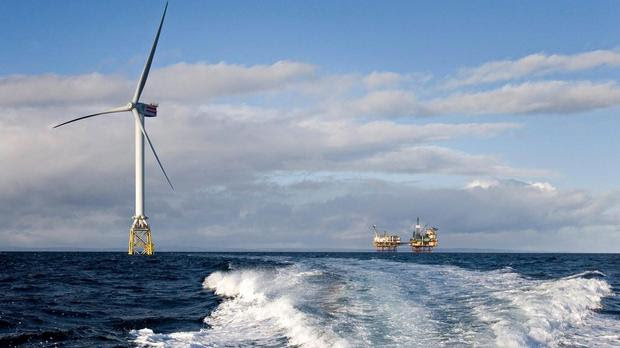Independent online
Staff reporter
Wind power panel Photo: Bloomberg
CAPE TOWN – Over R4.4 billion has been approved by the African Development Bank to support Morocco and Côte d’Ivoire’s renewable energy projects.
These projects are expected to increase power supply and contribute towards the economic growth of their countries.
According to AfDB’s statement, more than 600 million people in the African continent do not have access to electricity.
This has led the group to scale up investments in energy with the aspirational goal of achieving universal access to energy in Africa by 2025.
ALSO READ: Demand for renewables to grow
The AfDB said, Côte d’Ivoire’s loan amount of over R800 million will boost electricity production through a 44-megawatt hydroelectric power project – Singrobo-Ahouaty Hydropower Plant located in Abidjan, to be commissioned in 2021.
It is believed that the project will connect communities in the vicinity to the power grid, reduce fossil fuel dependency, and environmental pollution.
Côte d’Ivoire intends to increase its share of renewable energy from 15% to 42% by 2021.
The bank has also committed more than R3.3 billion to Morocco to help develop two solar power plants – NOORM I and NOORM II.
The financial provider said these solar plants will be connected to the national grid, and will guarantee electricity supplies to more than 2 million Moroccans and significantly reduce carbon dioxide.
ALSO READ: Africa uniquely poised to benefit from renewable energy switch
Meanwhile, South Africa’s energy mix is dominated by coal, but the government has set a target of 17 800MW of renewable energy power by 2030.
SA government also gears up for nuclear power purchase, an action currently causing public unrest as the civil society organisations call for proper public consultation by the Energy Department on the matter.
The country’s renewable energy market has grown rapidly over the last five years and there is rising demand for renewables debt. It is evident that the country is also shifting towards renewable energy sources as the central African countries do.








